- On 2022-02-03
- In blog
- Tags
Ilya Répine:the painter of the Russian soul!Petit Palais.Oct.2021-Jan.2022
Ilya Repine,painter of the Russian soul
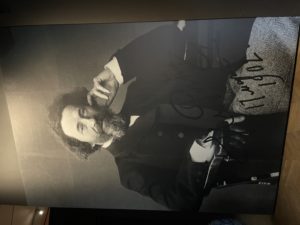
Hi friends !after a complicated year perturbed by the Covid,the Little art seeker is back with many wishes for you and your families for a dazzling 2022 year with many discoveries and new exhibitions in Paris!
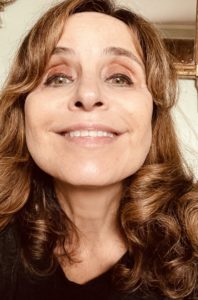
For you ,I visited a gorgeous exhibitions at the petit Palais dedicated to one of my favorite Russian painter Ilya Répine.
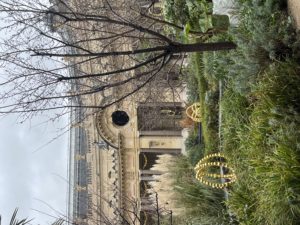
Le petit palais.
The man is the most famous Russian painter of his time, his name was linked to Russian realism and he was passionate with all the aspects of the Russian culture.His long career spanning 60 years made Repine the vivid witness to all the upheavals in Russia between 1860 and the birth of the Soviet Union.
Repine was totally passionate about all the aspects of the Russian culture and the Russian soul and realized gorgeous portraits of all the personalities of his day from writer Léonard Tolstoy to composer Mussorgsky as well as Tsars who commissioned his works.
A painter,a public figure,professor,art theorist and writer he was a central figure of his time but will finish his life and career in Finland until his death at the age of 86 refusing to come back in his native country.
I made a selection of some portraits that I loved in this huge retrospective dedicated to this amazing painter.
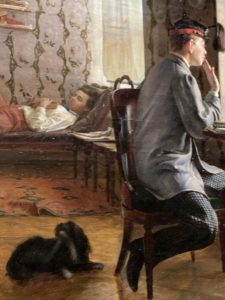
The two students were the nephews of the architect A.Petrov .He shared a room with them in Saint Petersburg.Both were art students.
During a stay in Paris,Repine made beautiful paintings of the Parisian life from the elegant Parisian ladies to the street vendors.
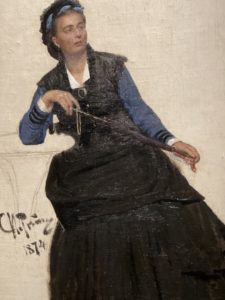
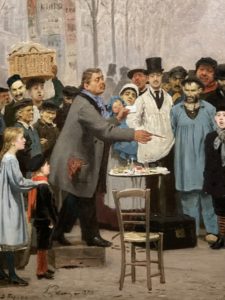
One of the largest painting of the exhibition,covering a wall is dedicated to a traditional poem telling the story of Sadko,a wealthy merchant of Novgorod who fell in the underwater of the tsar of the sea and was invited to choose between several brides. He finally married a young Russian girl named Chervanushka.
Repine worked upon the painting during three years and the work was presented at the academy of fine arts in Saint Petersburg in 1876 receiving the title of academician because of the originality of the painting.
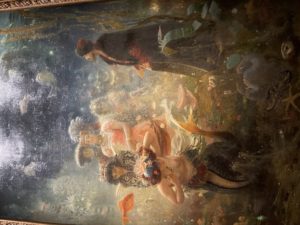
I really enjoyed the series of portraits of all the great figures of the Russian art of his time from the composers to the great writers .
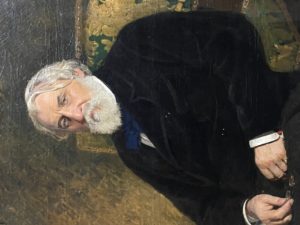
1874
He was considered one of the greatest Russian author of the 19th century.
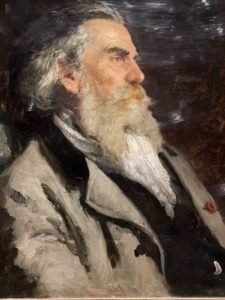
1882
A painter of seascapes he spent most of his life in France where he decorated the Saint Alexander Nevski cathedral,rue Daru.. From 1870 onwards,his studio became one of the main hubs of the Russian artistic colony.
the family circle
A prolific portraitist,Repine used family members as his models who could pose for him at leisure.In his restricted circle he gave free rein to his innovative approach and to his experiments with light and colour, helping to renew the portraiture genre of Russia.
His first wife Vera and his children, little Vera, Nadia and Yuri were his preferred models.I loved the exquisite portrait of his son Yuri with the oriental decor in the background.
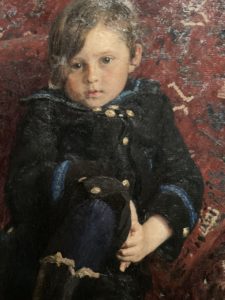
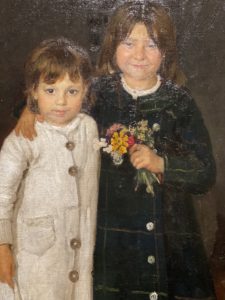
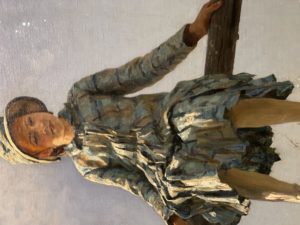
In the countryside nearby Saint Petersburg where he was searching for rest Répine realized this outdoor portrait of his twelve-years old daughter Vera.
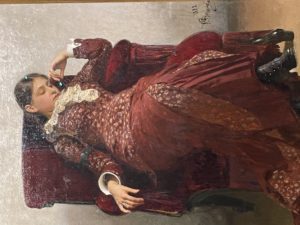
The lady portrayed is Vera ,his wife,as she drifts off to sleep.Her daughter bore the same name.
This is the last portray he made of her .The couple separated definitely in the late 1890’s.
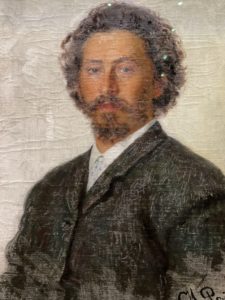
1887
After a visit to the Uffizi Repine will do this self-portrait inspired by the gallery of self-portraits of this prestigious museum.
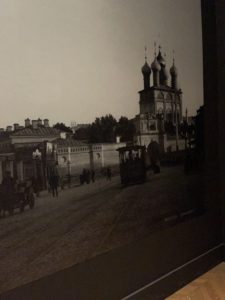
Life in Russia
Répine painted numerous episodes inspired by the peasantry.The theme of the religious procession runs through his work until the 1920 ‘s,sometimes treated in several large -format paintings.In these paintings,he illustrates the persistence of Russian traditions and the fervor of the Russian people for collective events like holidays and religious rites.
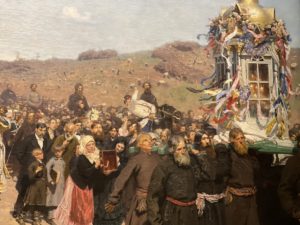
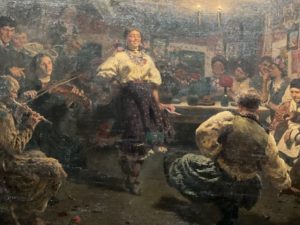
In Ukraine,it was common for young people to gather at vigils )to get to know each other,after working in the fields at the end of summer.
Repin as a portrait artist
Fascinated by the human soul,he painted the celebrities of the day:politicians,authors,scientists,writers,women of the world and influential figures.
A keen music lover,he immortalized the composers who made the choice to privilege Russian traditions.
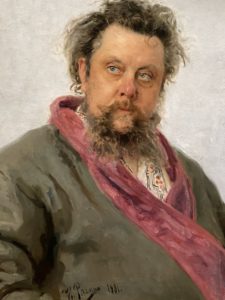
On this portrait the composer is in critical condition,victim of bouts of depression aggravated by alcoholism.
The model appears in a dressing gown in the privacy of his hospital bedroom.He died a few days later, at the age of 42.
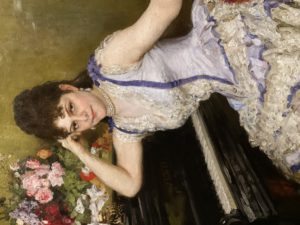
German pianist Sophie Menter was a pupil of Frantz Lizt.Close to the Russian musical sphere in the 1880s, she toured in Russia and taught at the Saint Petersburg conservatory.
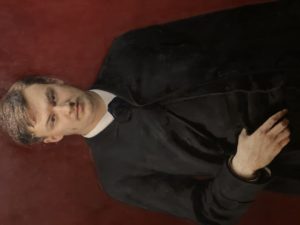
Important Russian composer,conductor and teacher.He dedicated his oriental Rhapsody to the painter in 1889.
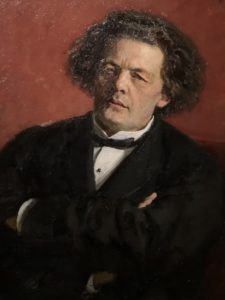
Pianist,conductor and composer.He was one of the founder of the Russian musical circle and the founder and first director of the Saint Petersburg Conservatory.”He looks like a lion” declared Repin in awe,while complaining that he could never sit still.
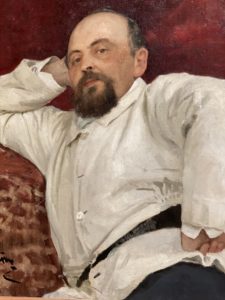
He was a Russian entrepreneur, railroad magnate,collector and patron of The arts,keen to encourage the revival of Russian folk art.
Old Russia
Like other Russian painters of his day,Repin also took an interest in historical Russia that of the boyars and the streltsy.
A great painter of history,he excelled at giving his figures an exceptional presence.Meticulous about historical accuracy, he undertook research on the costumes and accessories that contributed to the decor and atmosphere of the scenes he depicted.
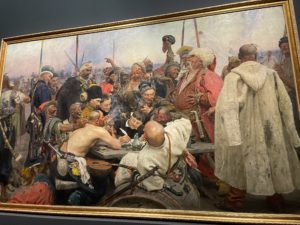
1880-1881
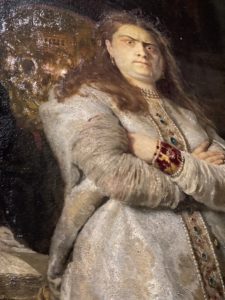
Feeling sympathy for the populist movement he illustrated the sacrifice of victims of revolutionary struggles and at the same time however, he produced what he called with affection”his royal painting “of the tsar Alexander III receiving rural district elders”,which presents the tsar as the great unifier of people.
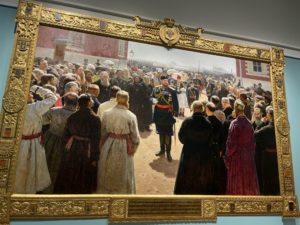
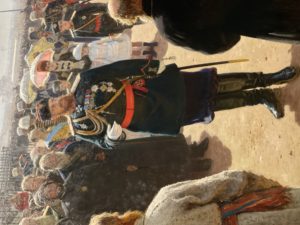
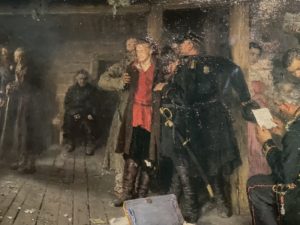
The painting evokes the arrests of populist activists for revolutionary propaganda in the 1870’s.
Repin alludes to their courage and heroism but also their hopeless struggle.
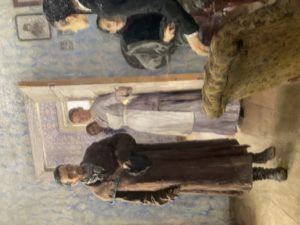
The canvas shows the unexpected return of a man to his family after long years of deportation.
Repine had very strong links with the greatest Russian writer Léonard Tolstoï and the exhibition displays a lot of portrays showing the intimacy and the friendship between the painter and the writer.
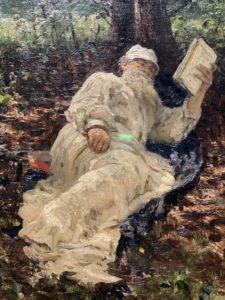
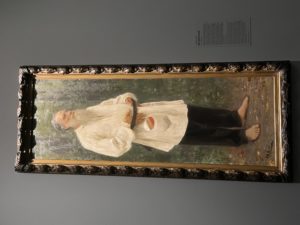
Léon Tolstoï Barefoot.1901
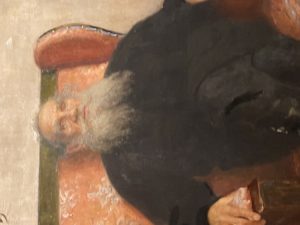
On this portrait,Repin immortalizes the image of an aging Tolstoy.
In 1908,when he visited the writer in Yasnaya Polyana,he saw a man weakened by illness and undermined by the conflict between him and his wife over the publication of his work after his death.
Glory and doubt
At the turn of the 19th and 20th centuries,Repin was an artist at the height of his fame.Despite his successes however he experienced several periods of self-doubt.
On more than one occasion,he was tempted to quit teaching at the academy of fine arts in Saint Petersburg.These years were also darkened by family difficulties.
The publication of his letters on art in the 1890’s provoked a controversy which had an impact on him.
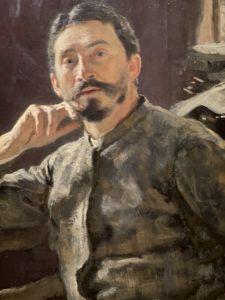
On a trip to Italy and during his stay in Naples during the winter of 1894, he produced this self-portrait which captures his complex state of mind.
At this time after the publication of his letter on art , he had serious disagreements with critic Vladimir Stassov.
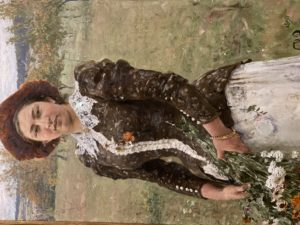
In Zradevno,in his estate near Vitebsk ,he made the portrait of his eldest daughter Vera.
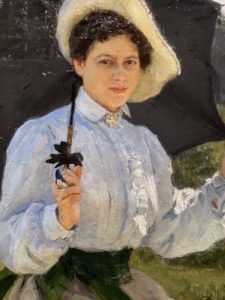
This portrait of Nadia,his second daughter was done on the Zdravnievo estate when the painter returned from the 1900 world fair in Paris.
Towards Revolution
At the turn of the century,Russia experienced major upheavals:the revolutions of February and October rocked the old regime.The crown was shaken in the face of a Russian people demanding the establishment of democratic institutions.
Despite his promises, Nicholas II continued to exercise his power of veto over the parliament.The gap therefore widened between the Tsar and his people until the brutal overthrow of the Romanov dynasty in 1917.Repin once again found material to question the history of his country.
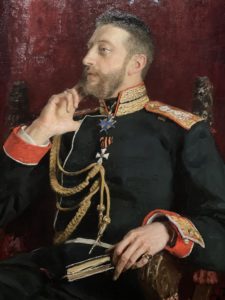
He was the nephew of the Tsar. A statesman and military chief but also a poet, a translator and playwright.
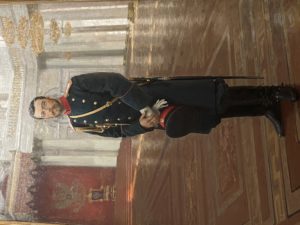
New life at the Penates
In 1899,Repin purchased in the name of his new partner, writer and photographer Natalia Nordman, a plot of land in Kuokkala,(today Repine, )40 kilometers from Saint Petersburg,in the territory of the Grand duchy of Finland, then annexed to Imperial Russia.There he built a house with a workshop.This estate was called the Penates and in 1903,Repin moved there permanently,receiving relatives and countless visitors while continuing to paint.The Penates became a real artistic hub and Natalia vegetarian lunches became legendary.Repin established strong relations with the Finns and will die there refusing to go back in his native Russia.
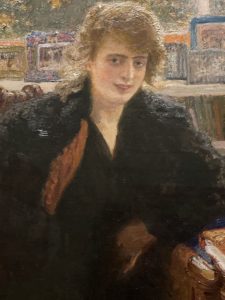
She was one of Repin’s friends at the Penates and gave French lesson to the artist then aged 72.
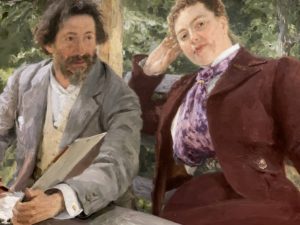
Their union was based on mutual understanding.Natalia watched over the comfort of life and work of the painter and composed albums of newspaper clippings on his paintings.
Repin on the other hand supported her literary debut and illustrated her texts.
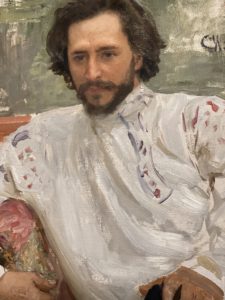
The Russian writer and playwright described here poses in a nonchalant way with a dazzling white shirt decorated with discreet motifs.
An anti Tsarist then anti bolchevik he spent long periods in exile .
An alcoholic with suicidal tendencies,he was an excellent observer of the darkness of the human soul.
It is difficult to imagined his true tormented nature at the site of this luminous portrait.
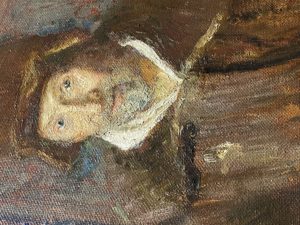
This work shows the painter then aged 76 at a difficult time in his life.It will be his last one.with absolute sincerity, the artist portrays himself in his exiled, hermit-like state.
The hardships of the revolution, the precariousness of his daily life, bereavement and the separation from those close to him took their toll.
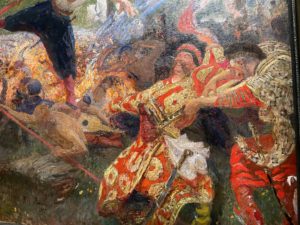
Done in memory of composer Mussorgsky,this is the final painting of Repine at the age of 82 .
As early as 1926 he dreamed of producing a monumental composition inspired by the Cossack dances and songs of his youth.
Unable to afford canvas,he painted it on linoleum!
I adored this gorgeous exhibition which reminded me the beautiful trip I made with my family in Russia and Saint Petersburg.To me Repin is one of the greatest painter able to reveal the Russian soul with talent and sensitivity!
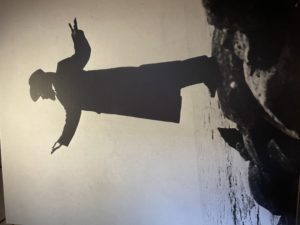
See you soon for another exhibition in Paris!

